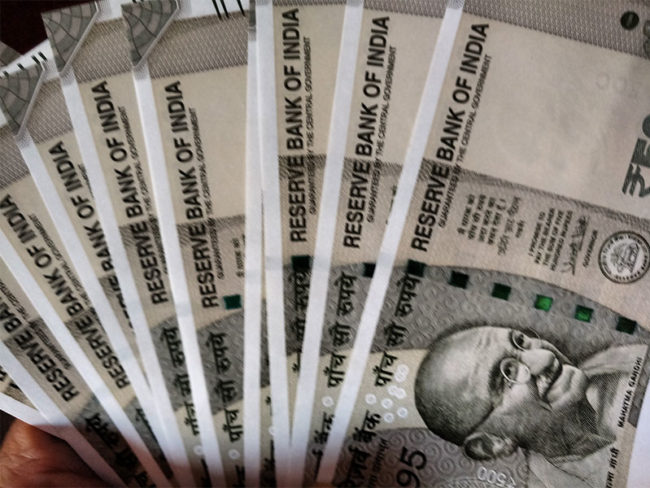The classical theory of the rate of interest
Economists like Ricardo, J. S. Mill, Marshall, and Pigou developed the classical theory of interest which is also known as the capital theory of interest, the saving-investment theory of interest, or the real theory of interest. In the classical theory, the equilibrium rate of interest is the one that equals the supply of loanable funds…








